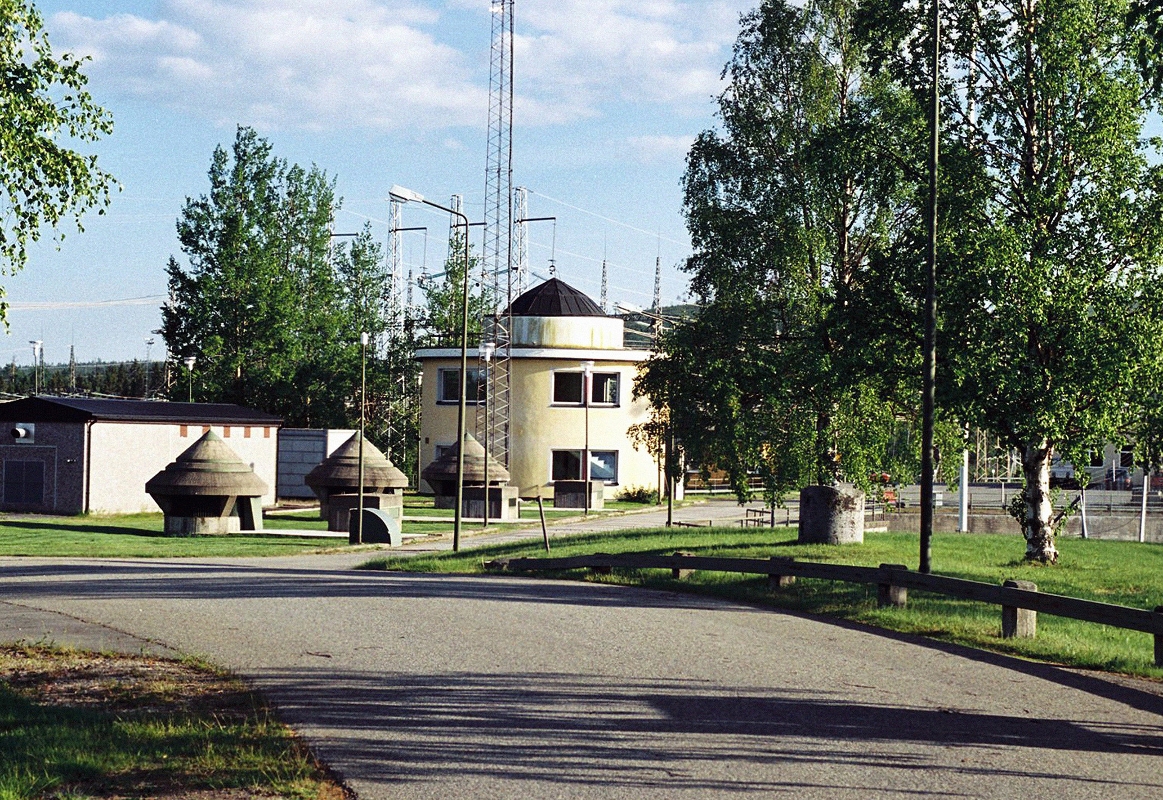Kilforsen
Facts
Water information

The Kilforsen facility was constructed between the river Ångermanälven and its confluent, the river Fjällsjöälven. By placing the power station between the two, it was possible to construct it on dry land while also preserving some of the beauty of Fjällsjöälven.
A canal stretching 1 kilometre was built, and a tunnel of 1.7 kilometres in length was blasted out of the bedrock. When it reaches the Kilforsen facility between the rivers, the water plummets down the full head (drop) length of 99 metres and then continues through a 2.7 kilometre long tunnel, finally reaching the river Ångermanälven.
The visible part of the power station has become a tourist attraction due to its rather unusual appearance; a cylinder known as Osten ('The Cheese'). It contains offices, an engine room for the lifts and an introductory room.

